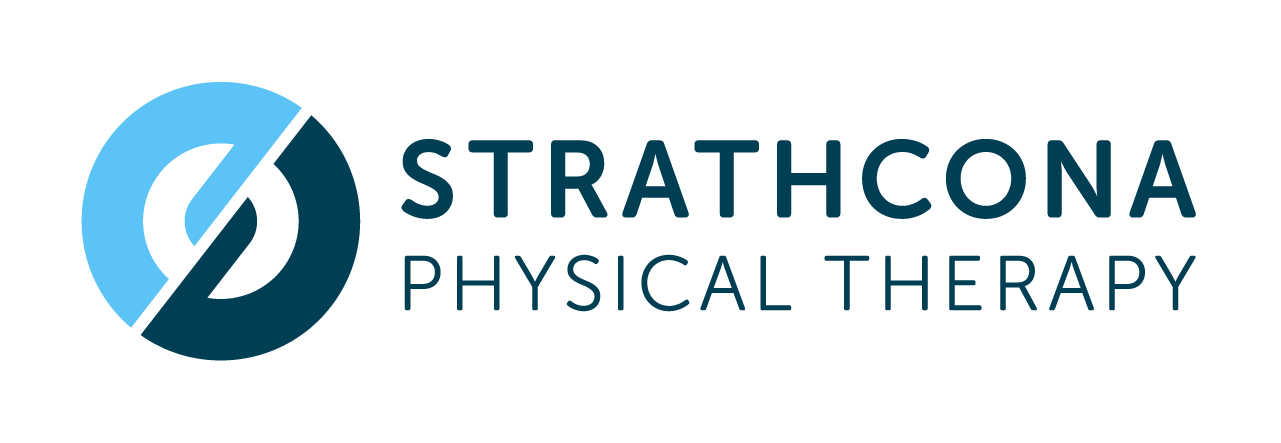Managing Patellar Tendinopathy (Jumper’s Knee) with Physiotherapy and Radial Shockwave Therapy
Introduction to Patellar Tendinopathy
Patellar tendinopathy, commonly known as jumper’s knee, is a condition that affects the tendon connecting your kneecap (patella) to your shinbone. It is characterized by pain, inflammation, and degeneration of the tendon, typically caused by overuse, especially in athletes involved in sports that require repetitive jumping or running, such as basketball, volleyball, and soccer.
If left untreated, patellar tendinopathy can worsen and may significantly impact athletic performance and everyday activities. Fortunately, there are evidence-based treatments like physiotherapy and radial shockwave therapy (RSWT) that can effectively manage and rehabilitate this condition.
Effectiveness of Physiotherapy for Patellar Tendinopathy
Physiotherapy plays a vital role in managing patellar tendinopathy. Research shows that a progressive strengthening and eccentric exercise program is highly effective in reducing pain and improving tendon strength. Eccentric exercises, which focus on the lengthening of the tendon under tension, have been demonstrated to stimulate tendon healing and promote collagen repair (Bahr & Fossan, 2015).
Physiotherapists also employ techniques like manual therapy, stretching, and functional retraining to improve mobility and address muscular imbalances contributing to the condition. Soft tissue techniques such as deep tissue massage and trigger point release can help reduce tightness in surrounding muscles, especially the quadriceps and hamstrings, which can exacerbate tendon strain.
Effectiveness of Radial Shockwave Therapy (RSWT)
Radial shockwave therapy is a non-invasive treatment that uses high-energy acoustic waves to stimulate tissue repair and reduce pain. Several studies have shown that RSWT is effective in treating tendinopathies, including patellar tendinopathy (Van Leeuwen et al., 2009). Shockwave therapy works by promoting neovascularization (formation of new blood vessels), improving blood flow to the tendon, and stimulating the release of growth factors that aid in healing. It also has a pain-modulating effect by disrupting pain receptors, offering relief for chronic conditions (Furia et al., 2006).
Combining Physiotherapy and Shockwave Therapy
When physiotherapy and radial shockwave therapy are combined, the results are often superior to using either treatment in isolation. Physiotherapy strengthens the tendon and improves biomechanics, while RSWT accelerates tissue repair and reduces pain. This combination allows for more efficient recovery and facilitates an earlier return to sport.
Studies suggest that combining eccentric exercise programs with RSWT leads to faster improvements in pain and function (Wang et al., 2017). While RSWT promotes healing and addresses the root cause of the tendinopathy, physiotherapy focuses on preventing recurrence through functional strengthening and correction of movement patterns.
Return to Sport and Rehabilitation
A critical aspect of treating patellar tendinopathy is ensuring a safe return to sport. Once pain has reduced and strength has improved, physiotherapists gradually introduce sport-specific rehabilitation exercises. These exercises simulate the demands of the sport, allowing the athlete to regain confidence in their knee function. Plyometric training (jumping exercises), balance exercises, and agility drills are gradually incorporated into the rehabilitation program to ensure the tendon can handle high-impact activities without risk of re-injury.
Throughout the rehabilitation process, load management is essential. Athletes are guided to avoid activities that place excessive strain on the tendon during their recovery. A gradual increase in intensity ensures that the tendon adapts and strengthens over time.
Conclusion
For athletes and individuals struggling with patellar tendinopathy, physiotherapy and radial shockwave therapy are effective, evidence-based treatments that can promote healing, reduce pain, and restore function. Combining these therapies allows for a comprehensive approach that addresses both pain relief and functional restoration. A well-structured rehabilitation program can lead to a successful return to sport and reduce the risk of future tendon injuries.
References
Bahr, R., & Fossan, B. (2015). Treatment of tendinopathies: What works, what doesn’t? British Journal of Sports Medicine.
Furia, J. P., Rompe, J. D., Maffulli, N., & Cacchio, A. (2006). Shockwave therapy as a treatment of chronic patellar tendinopathy. Foot and Ankle International.
Van Leeuwen, M. T., Zwerver, J., & van den Akker-Scheek, I. (2009). Extracorporeal shockwave therapy for patellar tendinopathy: A review of the literature. British Journal of Sports Medicine.
Wang, C. J., Ko, J. Y., & Chan, Y. S. (2017). Radial shockwave therapy for tendinopathies in the lower limbs: Clinical outcomes and patient satisfaction. Journal of Orthopaedic Surgery.
